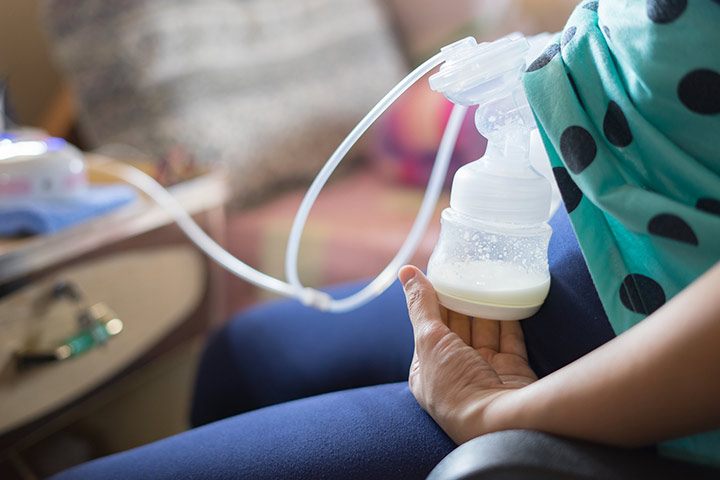Mommy’s milk is all a baby needs for a while after birth. They will get all the nutrients that they may need from breast milk. Breastfeeding is also a good way to bond with your baby. However, sometimes women struggle when it comes to nursing their babies. The whole experience of breastfeeding can be a sour one due to the pain and discomfort that moms face when they nurse their little ones. But if done right, breastfeeding can be a calm and soothing experience for you and your baby. We’ve lined up all the tips that you might need to successfully breastfeed your baby.
1. Breastfeed Soon After Birth
Moms can start to breastfeed their babies preferably within the first hour after birth. After drying the baby, place the baby on the mother’s chest for skin to skin contact. Some babies may latch on easily to the breast and some may take more time. You can seek the help of a health worker so that the baby latches on. Also, the skin-to-skin bonding soon after birth helps the baby to stay warm and also encourages the bonding between the mother and the child. It also helps to establish breastfeeding (1).
2. Find A Way To Hold Your Baby That Works For You
You can try out a variety of positions while nursing your little one. This will help you to figure out what works for you. Make sure the head and the whole body of your baby is well supported. Ensure that the shoulder and ear are positioned in a straight line, i.e., the neck is not twisted in any way. You can also check to make sure that the baby is sucking effectively (2).
3. A Good Latch On Is Essential
Breastfeeding can be painful and may cause the mother discomfort if the baby does not latch on properly during breastfeeding. Problems such as sore nipples and engorgement may also be the reason why your baby is not able to latch on. Engorgement can be prevented if you start nursing your baby soon after birth. Otherwise, your breasts may become full of milk and tissue fluid. The milk may not be able to flow well and the skin can also become tight, especially around the nipples. While breastfeeding, make sure that the baby’s mouth covers most part of the areola. Check for things such as, if the lower baby lip is turned outwards and if the chin of the baby touches your breast (3).
4. Treat Those Sore Nipples
You don’t have to look far when it comes to treating sore nipples. Your own breastmilk can do the trick as it has antibacterial properties. Apply a few drops of breastmilk on your nipples and let it dry naturally. Make sure you rinse it off before you start nursing the baby again. You can also use warm compresses on your breasts for a few minutes and gently pat dry. This can also help soothe the cracked, sore nipples.
5. Eat Healthy
You need an extra 300-400 calories a day while you are breastfeeding to maintain your energy. So eat a healthy and nutrient-rich diet during this period. Go for protein-rich food like lean meat, eggs, dairy, beans, and lentils. Choose seafood that is low in mercury. Your doctor may also recommend that you continue with your prenatal vitamins (4).
6. Boost Your Milk Supply
Milk production is more like a demand-supply thing. So the more you feed your baby, the more your body produces milk (5). You can also use a breast pump to empty your breast and also maintain milk supply for work, or even at home.
7. Get Enough Rest
It’s natural to divert all your attention towards your baby when you are breastfeeding. But know that you need enough rest too so that you can take better care of your little munchkin. You can also ask for help from your friends and family so that you are not too stressed and overworked.
Breastfeeding is a wonderful experience. It’s the beginning of forming a beautiful bond with your baby. People naturally assume that mothers know how to breastfeed instantly, but it is a skill that you will learn once you start nursing your baby. Your baby will find their own pattern with time, and you will also begin to feel more comfortable and at ease.
How can we improve it?
How helpful was it?
Change
How helpful was it?
How helpful was it?
Change









